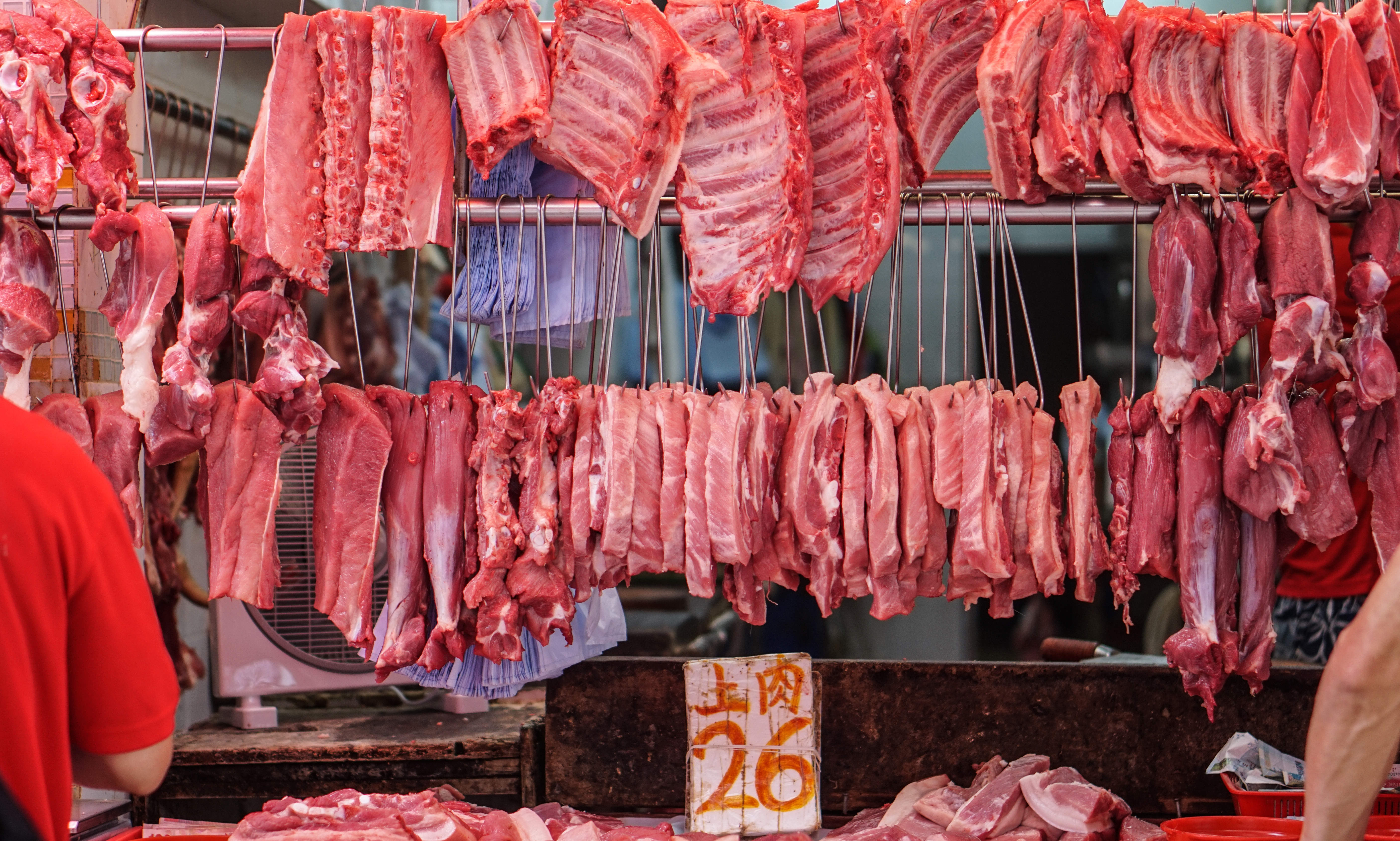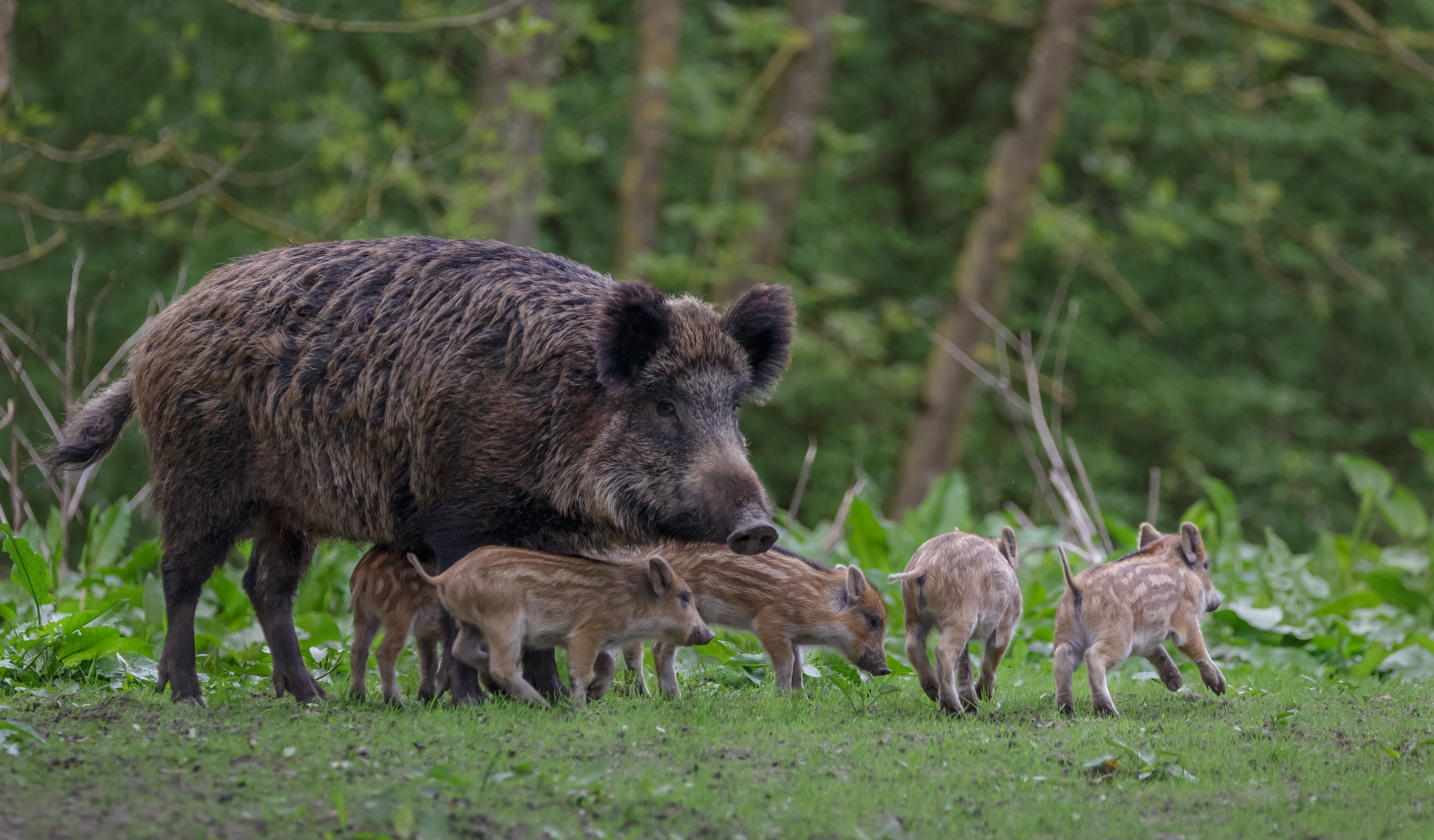



Canadian rockies – looking back on a year of pork-price turmoil
Looking back on the past year, Canadian pork producers have suffered some heavy losses, but it's important to focus on the future when coping with market pressures.The ups and downs of a Canadian hog producer’s life can sometimes feel like a roller-coaster ride as circumstances change quickly from one moment to the next. It is not always an easy thing for owners and operators to keep the faith.
Case in point: in the autumn of 2017, Canada’s hog markets were in reasonable condition. Farrow-to-finish operations were projected to record profit levels between break-even and Can$20 per head. Eastern Canada markets looked to be slightly better off than those in Western Canada due to a slight price advantage of corn over barley, but an unexpected 50 percent tariff which India applied on Canadian pea imports directed more of the pea supply back into the Canadian feed markets for early 2018. The North American hog sector had seen expansion in 2017 with growth in demand, heightened production and increased slaughter capacity, and Farm Credit Canada even proclaimed in an early-year media release, “The Canadian hog sector is looking profitable in 2018.”
But a tariff war initiated by United States President Donald Trump caused China to slap a 25 percent import duty on most US pork items in April in response to American tariffs on Chinese steel and aluminium. At the time, this was further complicated by a proposed 25 percent tariff on whey and US soybean exports to China.
As Canadian prices per hog are based on US prices, with exports stalling, prices plummeted – and when Mexico eventually partnered with China by adding their own tariffs, Canadian prices began to freefall.
Yet, by the autumn of 2018, Canadian packers were still short 70,000 hogs a week. As existing producers lost Can$50 on every animal shipped, they faced their worst price situation in 20 years.
Alberta Pork chairman Dan Majeau said in late August: “Within the last six weeks or so, we’ve seen our prices go down by 40 percent, which is well beyond the cost of break-even.”
Saskatchewan followed suit with prices falling 35 percent in August. British Columbia was also facing a shrinking industry although many of their operations are either owned or tied closely to the packing companies. “While the numbers don’t necessarily shrink, we see more integration between packer and hogs,” said Majeau.

At the height of this turmoil, the Trump administration began compensating American hog producers for the harm caused by the tariff war. A US$4.7 billion farm aid package supplied US hog farmers with roughly US$8 per pig multiplied by 50 percent of 1 August production.
After an early-autumn rally pushed Canadian prices back above the break-even point, they again dwindled with producers losing approximately 30 cents a kilogram in late 2018, even though the futures markets were suggesting higher prices.
Ron Gietz, an extension specialist with Alberta Agriculture and Forestry said: “On the upside, if the Americans make a deal with China, markets will react to the upside as well. So far, we’ve only seen the negative side of it.”
But the roller-coaster ride was not yet slowing. In February of 2019 the global hog industry wrestled with disease, the most prevalent outbreaks being African swine fever, which first probed China and then brought the full force of its impact to larger regions of Asia in mid to late March. Along with continued political shifting, markets at first seemed hesitant as they waited to ensure more pork would be exported to Asia but quickly climbed back on the ride, once again pushing prices upward.
Although Canadian hog markets seem to be deeply entrenched in turmoil and uncertainty, interspersed there are sporadic glimpses of sunshine and optimism. There is visible evidence of positivity among producers who discuss two specific levels of relief over morning coffee gatherings: government and hog sector-marketing councils, and hog-barn floor-management and production practices.
While subsidy relief is never off the table, industry leaders pinpoint specific global options that are in play. Canada needs to be a large and aggressive player in Asia’s African swine fever crisis and misfortune. They are also keen to see a deal made with the Association of Southeast Asian Nations, where 600 million people reside.
When discussing the Canadian hog sector, Darcy Fitzgerald, executive director of Alberta Pork said: “This industry is one of the most efficient in the world. Unfortunately, it receives one of the lowest prices for a high-quality product. There’s more work to do in the industry to brand it properly and get more money for it.”
In a news release, Canadian Pork International stated that while pork is the most versatile meat, too often it is not exploited in restaurants to its full potential. A comprehensive programme, which includes new product development, the introduction of new and exciting recipes and promotion activities, has significantly increased the frequency and variety of pork dishes on Canadian menus. This has given pork a new, modern and exciting image – but more needs to be accomplished in this area.

On the hog-barn floor, Canadian producers will continue to be strong and resilient. Management practices that have stood the test of time should not be abandoned in the low periods of the hog industry cycles.
Manitoba Pork general manager Andrew Dixon claims farmers have already begun retooling to modernise and expand production. “We will see new barns being started and older facilities being fixed up. New layouts are being brought in along with new equipment.”
Higher production in the global agriculture sector generally means more efficient use of resources as perpetual improvement is sought. This is always tied to strong management practices that instil a vision of being an excellent steward of the environment and teaming with co-workers and communities, while striving to consistently perfect their production systems.
In today’s connected society, producers must persist in seeking out training and direction in best management practices for animal care and husbandry to reinforce already high standards.
Real-world barn floor processes will in turn positively impact environmental considerations, including scrutinising and managing feed supplies, pest controls, the minimisation of odours and the maximising of manure’s nutrient value. Proper sanitation must remain a critical part of a biosecurity plan, reducing the level of disease-causing pathogens. Herd health plans, combined with exacting record keeping, should dominate a broader on-farm biosecurity programme for Canadian operators.
Although this is an uncertain time for Canada’s hog producers – as they are forced to adopt a wait-and-see attitude while other global powers make decisions that will ultimately affect them at the farmyard level – they must not allow global market doors opened throughout the years to begin swinging shut. As federal and provincial councils and marketing boards work behind the scenes to create new opportunities for existing Canadian pork, and attempt to raise the delivery level and branding of the pork offerings to the public at large, Canadian producers continue to hold fast to optimism. Throughout all the ups and downs, they strive to maintain a firm grip on their section of the roller coaster by employing all the best management practices at their disposal.









